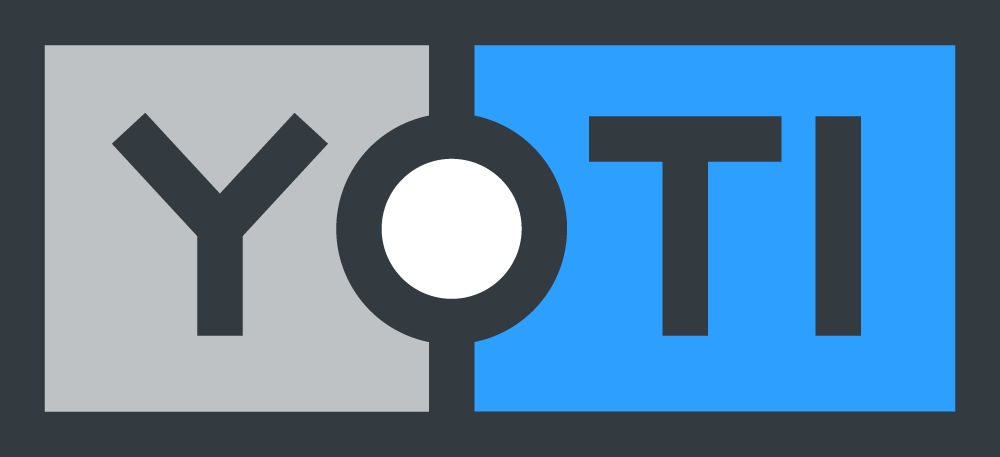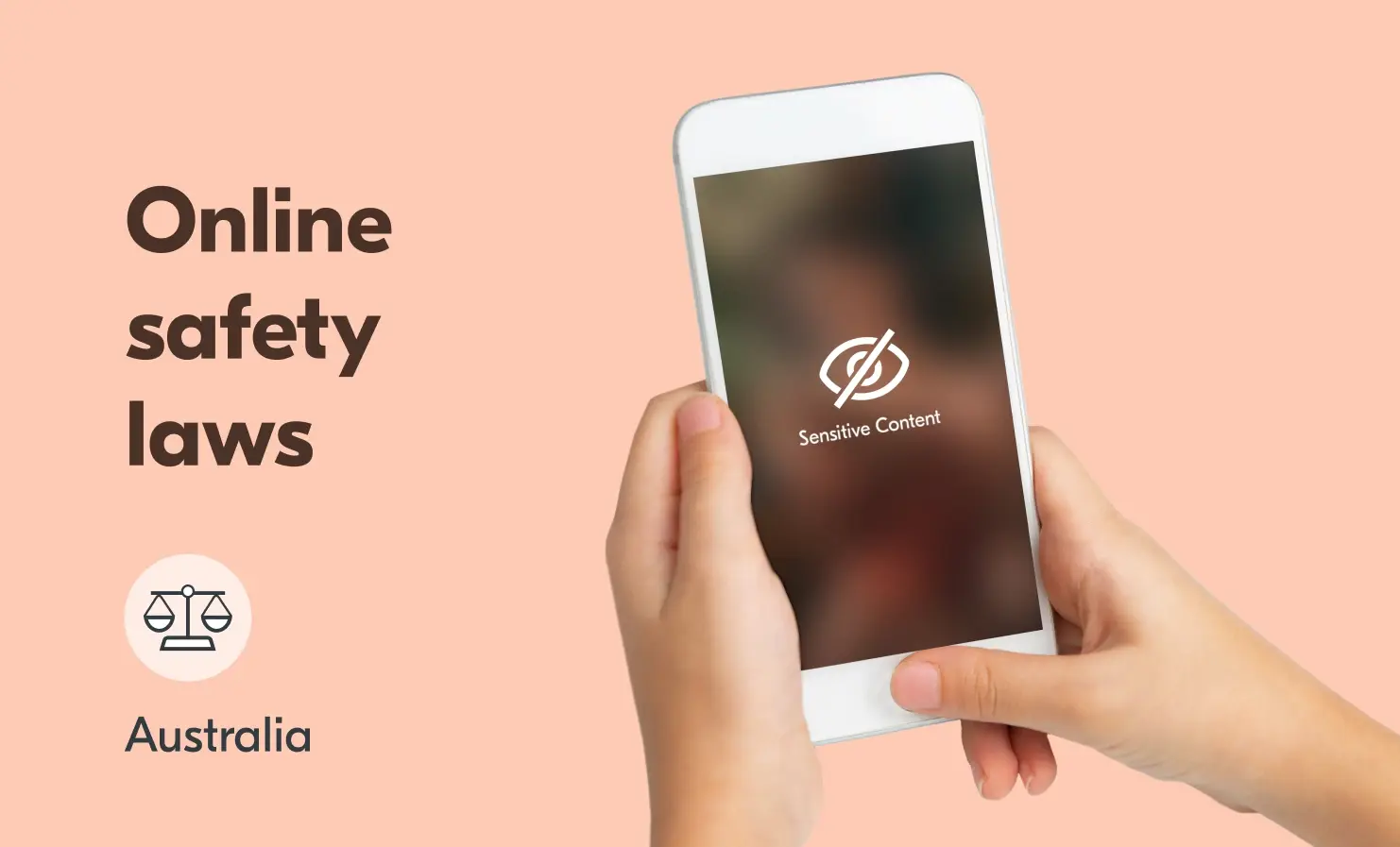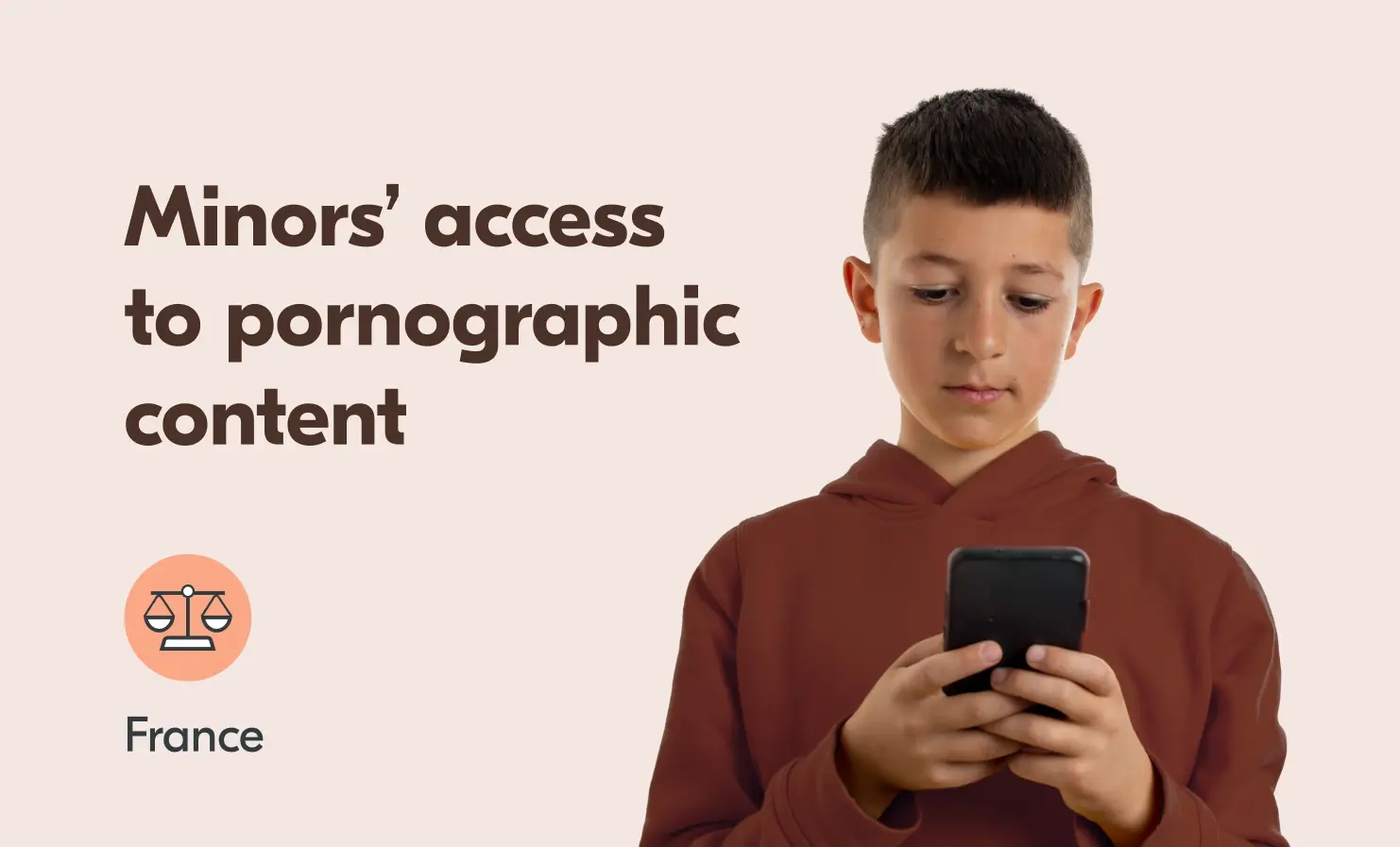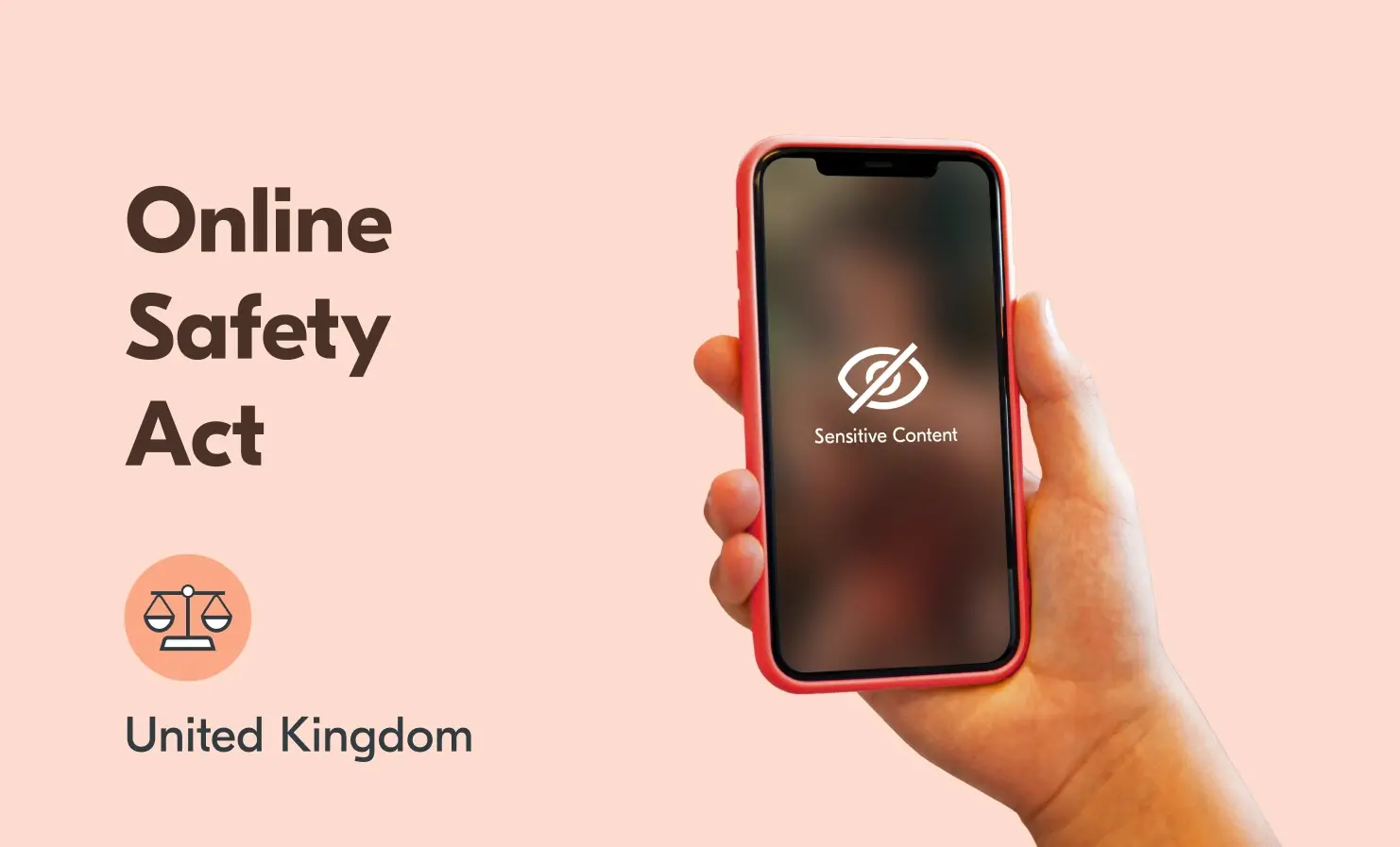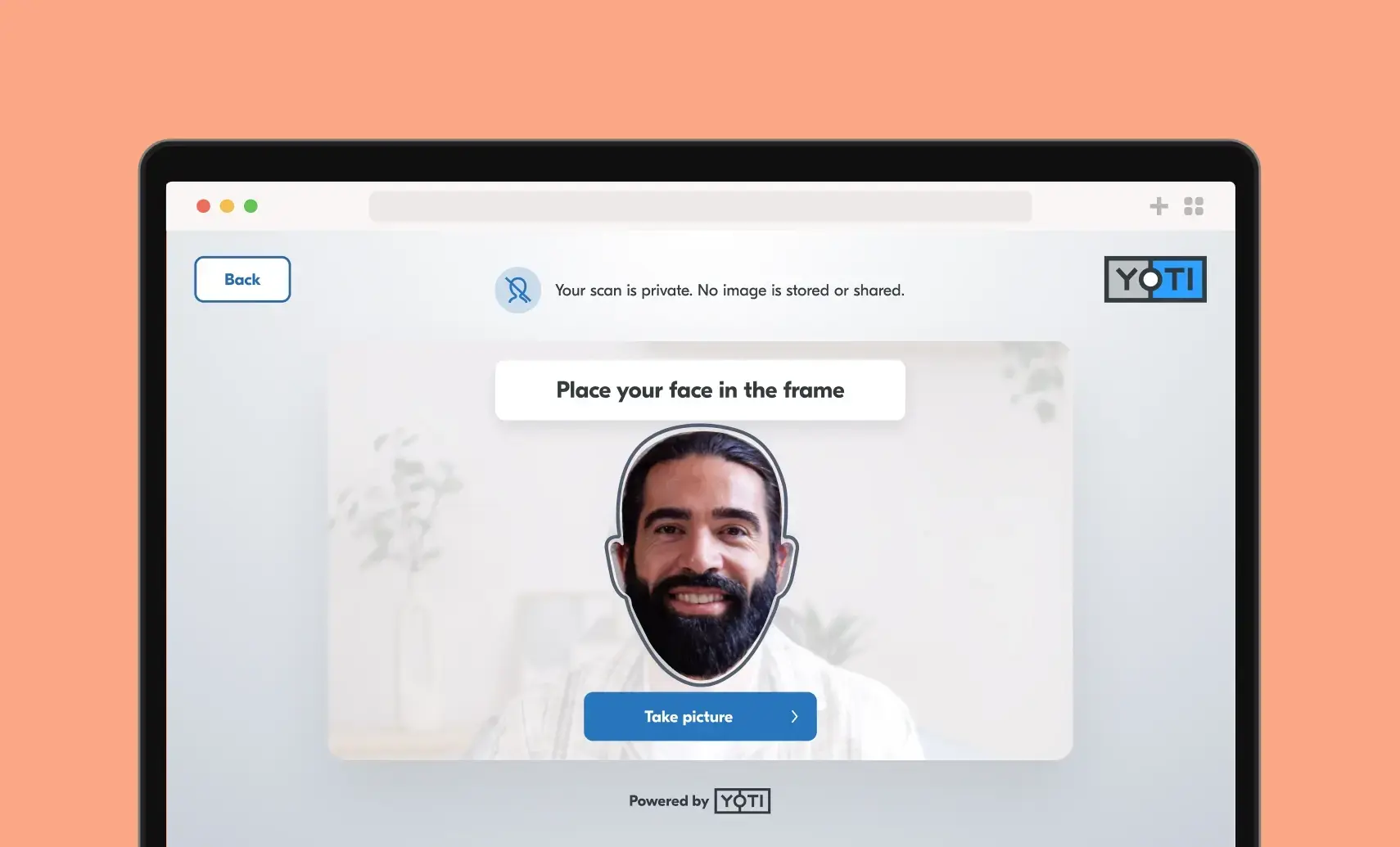Age assurance
Navigating Australia’s online safety laws
As the digital landscape continues to evolve, regulators are prioritising online safety. Countries around the world are introducing new legislation that aims to protect people online and create safer, age-appropriate experiences. What’s the current state of online safety legislation in Australia? As the internet has become a central part of daily life, Australia’s approach to online safety has evolved over time. Online safety laws were initially more reactive, focused on specific issues such as cyberbullying and child exploitation. However, over the past decade, legislation has become more comprehensive. New laws aim to prevent harm and promote a safer
Age Check Certification Scheme evaluation for Yoti Facial Age Estimation
We are pleased to announce Yoti has been re-evaluated by the Age Check Certification Scheme (ACCS) for our facial age estimation (FAE) on our latest September 2024 model. ACCS now report our Mean Absolute Error (MAE) for 18 year olds is just 1.05 years, with a Standard Deviation (SD) of just 1.01 years. ACCS first tested Yoti’s September 2020 model in November 2020, reporting the MAE for 18 year olds to be 1.79, demonstrating our continued effort to improve the performance of our model. Yoti has been training its FAE model since early 2018 by using data captured mainly
French regulator Arcom introduces age checks for online adult content
In October 2024, Arcom, the French regulator responsible for online porn, announced that adult operators and platforms with pornographic content need to introduce age checks, ensuring only adults can access the content. These rules are effective from 11th January 2025. There will be a three month transitional period, where temporary methods like bank card verification can be used as a preliminary age filter, but they must include strong authentication to ensure that the user is the cardholder. After the transitional period ends on 11 April 2025, adult site operators will need to have taken the following steps: Age checks
Understanding age assurance in the Online Safety Act
The Online Safety Act 2023 is a piece of UK legislation that aims to protect children and adults online. It covers a wide range of issues including minimising the risk of children seeing harmful and age-inappropriate content, removing illegal content like child sexual abuse material (CSAM), criminalising fraudulent and scam ads, and introducing age verification for certain online services. This blog looks at some of the age requirements in the Online Safety Act and what this means for tech companies, adult sites, gaming companies, social media platforms and dating sites. What is the purpose of the Online Safety
How accurate is facial age estimation?
“How accurate is it?” is the first question regulators, businesses and users tend to ask about facial age estimation. To date, we have mainly presented the technology’s Mean Absolute Error (MAE) as a proxy for accuracy. It’s an intuitive way to understand how accurate a model is. We can say it’s accurate to 1.3 MAE for those aged between 13 and 17 years or 2.5 MAE for those aged between 6 and 70 years. However, the answer is slightly more complicated. Following the COVID-19 pandemic, many people will be more aware of the terms ‘true positive’ and ‘false negative’
How Yoti’s facial age estimation is used across different industries
Checking users’ ages has never been more critical for businesses catering to diverse audiences. However, they’re faced with the challenge of effectively verifying the ages of their users whilst maintaining seamless and user-friendly experiences. Yoti’s facial age estimation is a secure, privacy-preserving way to do just that. Our technology is used across a variety of industries, both online and in-person. This includes retail, social media, dating, gaming, gambling and financial services. In this blog, we explore how businesses are using facial age estimation to create safer, more positive experiences for their users. What is facial age estimation? Facial
